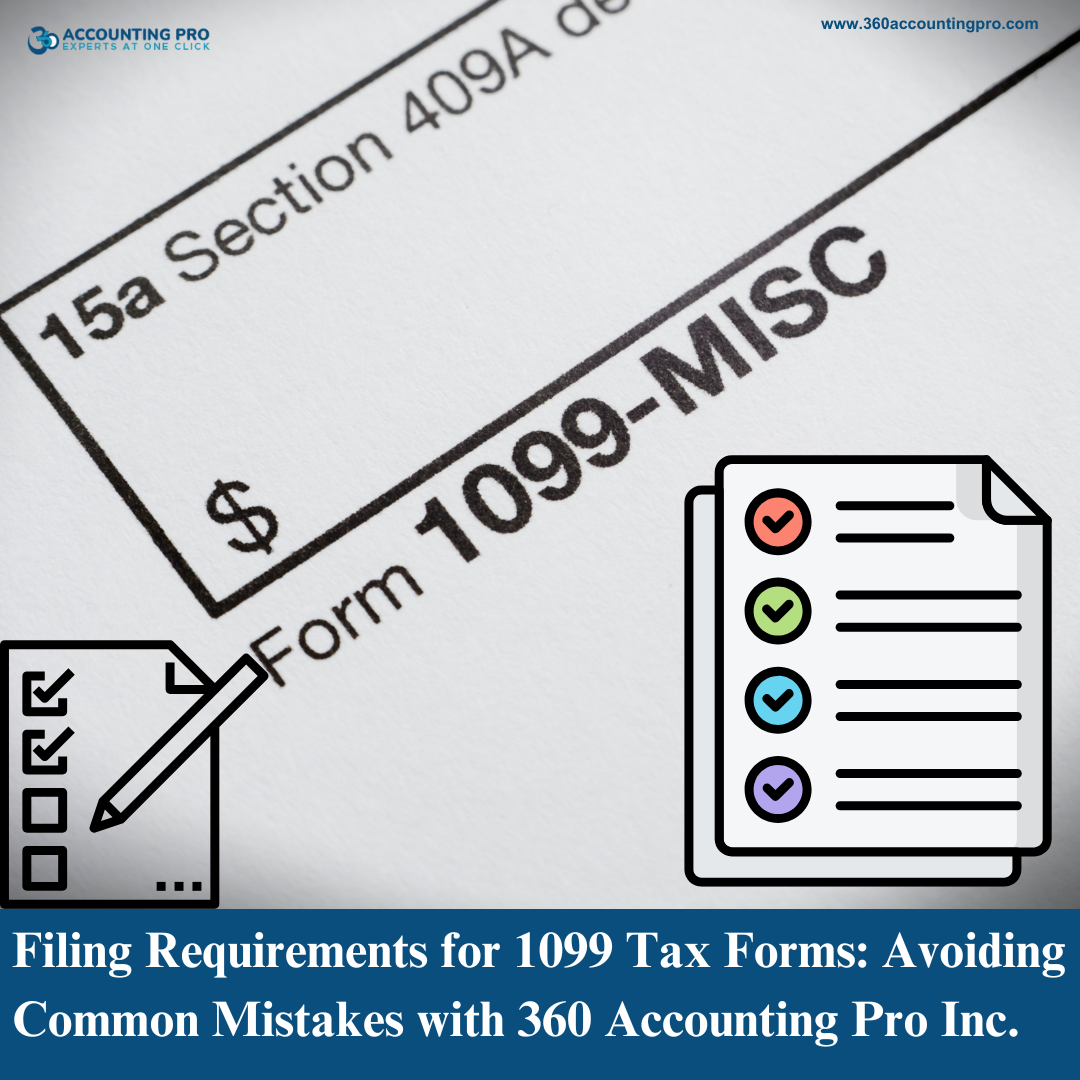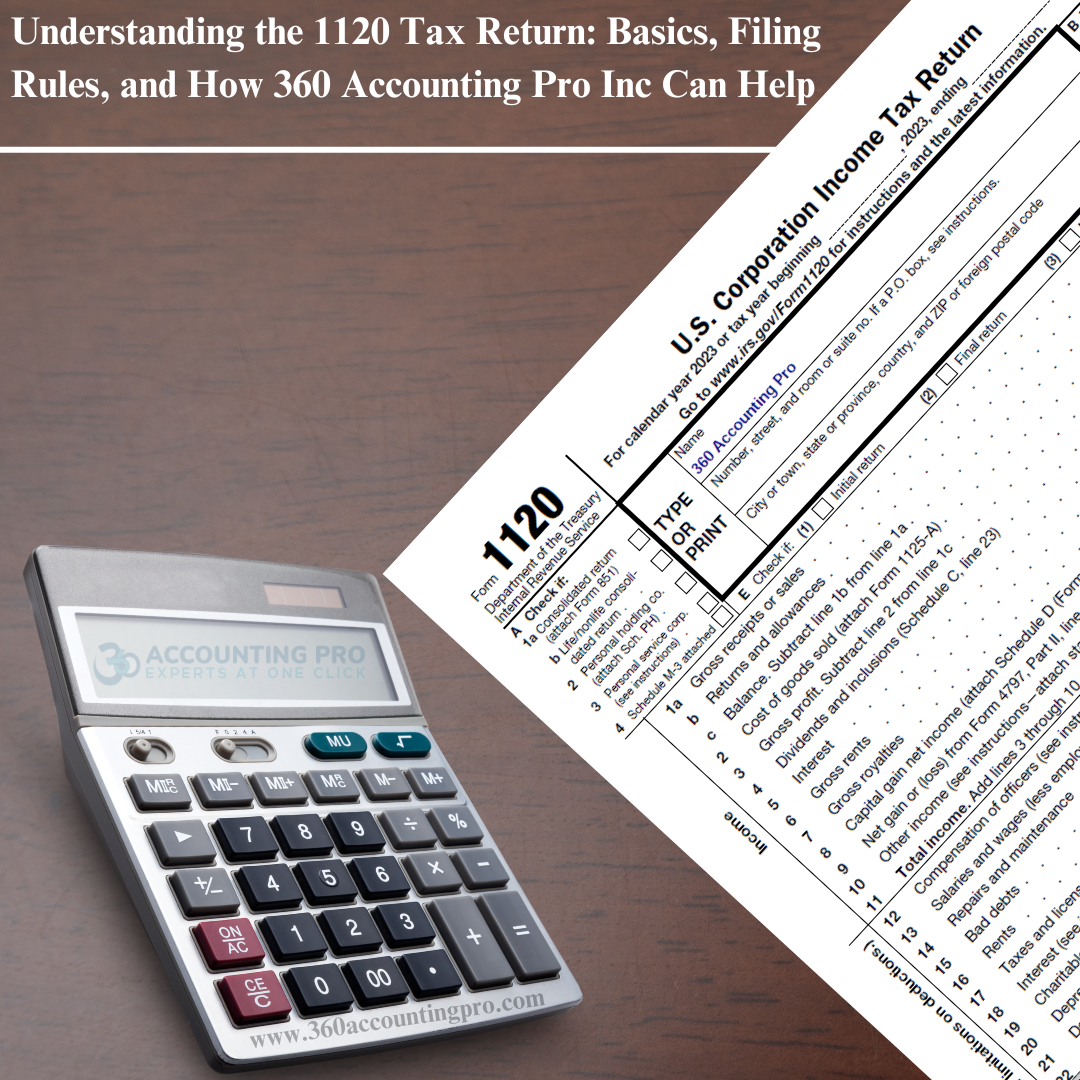

22-05-24
Mergers and acquisitions (M&A) represent a strategic tool for law firms seeking to enhance their market position, diversify their practice areas, or expand geographically. However, the success of these transactions hinges on meticulous financial planning and due diligence. This blog delves into the financial considerations law firms must address when contemplating M&A, offering insights into valuation, funding, integration costs, and risk management.
Before delving into the financial intricacies, it's essential to understand why law firms pursue M&A. Common motivations include:
Market Expansion: Entering new markets or regions to attract a broader client base.
Diversification: Adding new practice areas to offer comprehensive legal services.
Economies of Scale: Reducing costs through combined operations and increased bargaining power.
Talent Acquisition: Gaining skilled lawyers and staff to bolster the firm's expertise.
Competitive Edge: Enhancing the firm’s competitive positioning in the legal industry.
The first critical financial consideration in an M&A transaction is the valuation of the target firm. Unlike other businesses, law firms often have intangible assets such as reputation, client relationships, and legal expertise that complicate valuation. Key approaches include:
Revenue Multiple: This approach involves multiplying the target firm's revenue by a factor derived from comparable transactions within the legal industry. This factor varies based on the firm's practice areas, market position, and growth potential.
Earnings Before Interest, Taxes, Depreciation, and Amortization (EBITDA) Multiple: EBITDA is a common metric for assessing a firm's profitability. The target firm’s EBITDA is multiplied by a sector-specific multiple to estimate its value.
Discounted Cash Flow (DCF) Analysis: DCF analysis estimates the present value of the target firm’s future cash flows, discounting them at an appropriate rate. This method considers the firm’s expected growth and profitability.
Book Value: This involves assessing the firm's net assets, including tangible assets like real estate and equipment, and subtracting liabilities. However, this approach often undervalues the intangible assets crucial to law firms.
Thorough due diligence is paramount in identifying financial risks and opportunities. Key areas of focus include:
Financial Statements: Examining the target firm’s income statements, balance sheets, and cash flow statements over several years to assess financial stability and profitability.
Client Base and Revenue Streams: Analyzing the diversity and stability of the target’s client base and revenue streams to gauge future income predictability.
Liabilities and Contingent Liabilities: Identifying existing liabilities, such as loans, leases, and pending litigation, and assessing potential contingent liabilities.
Employee Compensation and Benefits: Reviewing compensation structures, benefits, and any long-term incentives or pensions to understand future financial commitments.
Operational Costs: Evaluating the target’s operational efficiency and identifying potential cost-saving opportunities post-merger.
Securing the necessary funds to finance an acquisition is a significant financial consideration. Law firms typically explore several funding options:
Internal Financing: Utilizing the acquiring firm's existing cash reserves or retained earnings. This is often preferred to avoid interest payments and dilution of equity.
Debt Financing: Obtaining loans or issuing bonds to finance the acquisition. While this can preserve equity, it increases the firm's debt burden and interest obligations.
Equity Financing: Issuing new equity to raise capital. This can dilute existing ownership but avoids increasing debt.
Contingent Payments: Structuring the deal with earnouts or performance-based payments, where part of the purchase price is contingent on the target achieving specific financial targets post-acquisition.
Post-merger integration is crucial for realizing the anticipated benefits of an M&A transaction. Financial considerations during this phase include:
Integration Costs: Budgeting for expenses related to integrating operations, systems, and cultures. This includes costs for new IT systems, rebranding, employee training, and possible redundancies.
Synergy Realization: Identifying and quantifying potential synergies, such as cost savings from combined operations, enhanced revenue opportunities from cross-selling services, and improved bargaining power with suppliers.
Cultural Integration: Addressing cultural differences between the merging firms to ensure smooth integration. This often involves investing in team-building activities and communication strategies.
M&A transactions inherently involve risks. Law firms must implement robust risk management strategies to mitigate these risks:
Legal and Regulatory Compliance: Ensuring the transaction complies with all relevant laws and regulations, including antitrust laws, employment laws, and ethical standards specific to legal practice.
Contractual Protections: Incorporating representations, warranties, and indemnities in the acquisition agreement to protect against unforeseen liabilities and risks.
Insurance: Obtaining appropriate insurance coverage to protect against potential risks, such as professional liability insurance and transaction-specific insurance like Representations and Warranties (R&W) insurance.
Contingency Planning: Develop contingency plans for potential integration challenges, such as key staff departures, client retention issues, or cultural clashes.
Engaging experienced financial advisors is crucial for navigating the complexities of M&A transactions. Advisors can assist in:
Valuation and Due Diligence: Providing expert valuation services and conducting thorough due diligence to uncover potential financial risks and opportunities.
Deal Structuring: Advising on the optimal deal structure to balance financial considerations with strategic goals.
Negotiation: Assisting in negotiating the terms of the acquisition to ensure favorable outcomes.
Integration Planning: Developing detailed integration plans to realize synergies and minimize disruption.
Examining past M&A transactions within the legal industry can provide valuable insights. Success stories often highlight effective integration strategies and robust financial planning, while failures often stem from inadequate due diligence, cultural clashes, or poor financial management.
Successful M&A Example
Merger of Large International Firms: The merger of two large international law firms successfully created a global powerhouse with enhanced capabilities. Key success factors included thorough due diligence, careful valuation, a well-planned integration strategy, and effective communication with clients and employees. The merger resulted in significant revenue growth, expanded global reach, and improved operational efficiencies.
Failed M&A Example
Acquisition of Boutique Firm by a Larger Firm: An acquisition of a boutique firm by a larger firm failed due to cultural mismatches and client attrition. The larger firm underestimated the importance of the boutique firm’s unique culture and client relationships. Additionally, inadequate due diligence led to unforeseen liabilities. The result was a significant financial loss and damage to the acquiring firm’s reputation.
Mergers and acquisitions present both significant opportunities and challenges for law firms. Financial considerations play a pivotal role in the success of these transactions. By focusing on accurate valuation, thorough due diligence, appropriate funding, effective integration, and robust risk management, law firms can navigate the complexities of M&A and achieve their strategic objectives. Engaging experienced financial advisors and learning from past successes and failures can further enhance the likelihood of a successful transaction. As the legal industry continues to evolve, M&A will remain a critical strategy for law firms seeking growth and competitive advantage.
Tags : bookkeeping services, tax return, ERTC services,sales tax













































.jpg)
.jpg)
.jpg)
.jpg)


).jpg)














 Get A Quote
Get A Quote
Leave A Comment